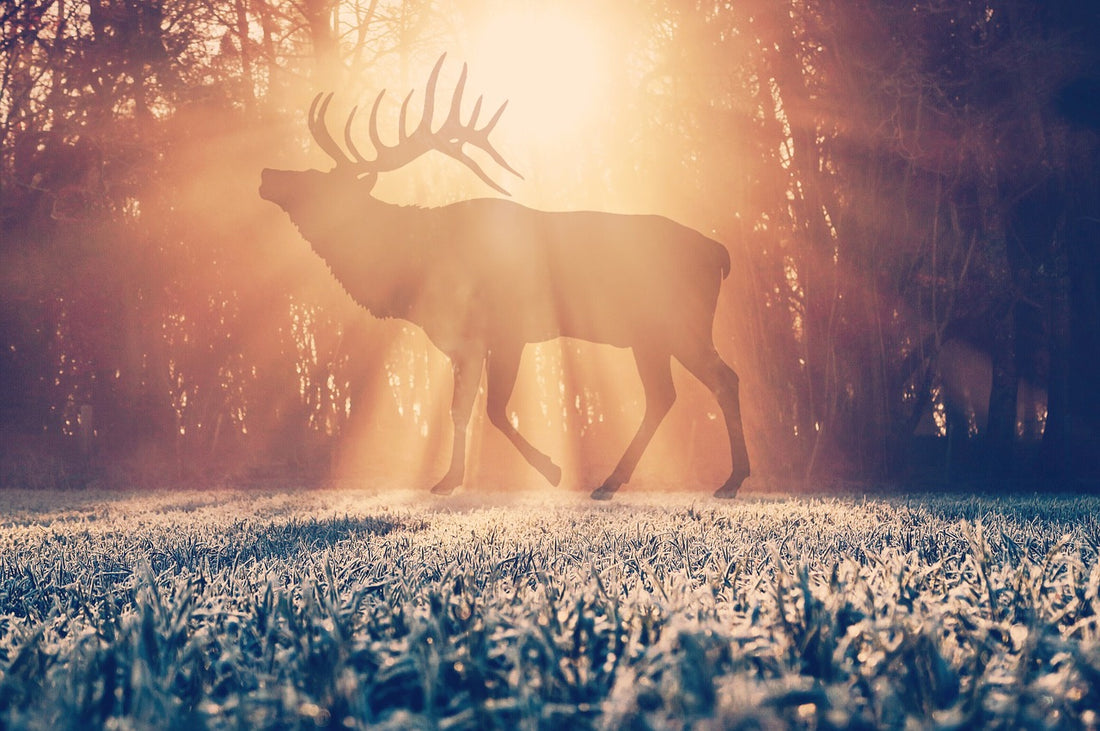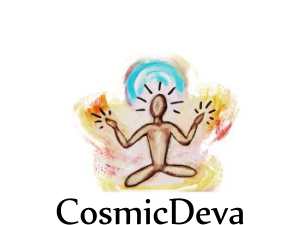
Winter solstice: The Magical Feast of Juul, celebrate the shortest day of the year
 The winter solstice happens every year when the Sun reaches its most southerly declination of -23.5 degrees. In other words, it is when the North Pole is tilted farthest away from the Sun, delivering the fewest hours of sunlight of the year.
The winter solstice happens every year when the Sun reaches its most southerly declination of -23.5 degrees. In other words, it is when the North Pole is tilted farthest away from the Sun, delivering the fewest hours of sunlight of the year.
The Sun is directly overhead of the Tropic of Capricorn in the Southern Hemisphere during the December solstice and is closer to the horizon than at any other time in the year, meaning shorter days and longer nights.
What does 'solstice' mean?
The term 'solstice' derives from the Latin word 'solstitium', meaning 'Sun standing still'. On this day the Sun seems to stand still at the Tropic of Capricorn and then reverses its direction as it reaches its southernmost position as seen from the Earth.
Some prefer the more teutonic term 'sunturn' to descibe the event.
The winter solstice is celebrated by many people around the world as the beginning of the return of the sun, and darkness turning into light. The Talmud recognizes the winter solstice as “Tekufat Tevet.” In China, the Dongzhi Festival is celebrated on the Winter Solstice by families getting together and eating special festive food.
Until the 16th century, the winter months were a time of famine in northern Europe. Most cattle were slaughtered so that they wouldn’t have to be fed during the winter, making the solstice a time when fresh meat was plentiful.
Most celebrations of the winter solstice in Europe involved merriment and feasting. In pre-Christian Scandinavia, the Feast of Juul, or Yule, lasted for 12 days celebrating the rebirth of the sun and giving rise to the custom of burning a Yule log.
In ancient Rome, the winter solstice was celebrated at the Feast of Saturnalia, to honor Saturn, the god of agricultural bounty. Lasting about a week, Saturnalia was characterized by feasting, debauchery and gift-giving. With Emperor Constantine’s conversion to Christianity, many of these customs were later absorbed into Christmas celebrations.
How was/is the solstice celebrated around the world?
The December solstice marks the 'turning of the Sun' as the days slowly get longer. Celebrations of the lighter days to come have been common throughout history with feasts, festivals and holidays around the December solstice celebrated by cultures across the globe.
Saturnalia
The winter solstice festival Saturnalia began on December 17 and lasted for seven days in In Ancient Rome.
These Saturnalian banquets were held from as far back as around 217 BCE to honor Saturn, the father of the gods.
The holiday was celebrated with a sacrifice at the Temple of Saturn, in the Roman Forum, and a public banquet, followed by private gift-giving, continual partying, and a carnival atmosphere that overturned Roman social norms.
The festival was characterized as a free-for-all when all discipline and orderly behavior was ignored.
Wars were interrupted or postponed, gambling was permitted, slaves were served by their masters and all grudges and quarrels were forgotten.
It was traditional to offer gifts of imitation fruit (a symbol of fertility), dolls (symbolic of the custom of human sacrifice), and candles (reminiscent of the bonfires traditionally associated with pagan solstice celebrations).
The Saturnalia would degenerate into a week-long orgy of debauchery and crime – giving rise to the modern use of the term 'saturnalia', meaning a period of unrestrained license and revelry. A mock 'king' was even chosen from a group of slaves or convicts and was allowed to behave as he pleased for seven days (until his eventual ritual execution).
The poet Catullus considered it to be "the best of days."
Feast of Juul
The Feast of Juul (where we get the term 'Yule' from at this time of year) was a pre-Christian festival observed in Scandinavia at the time of the December solstice.
People would light fires to symbolize the heat and light of the returning sun and a Juul (or Yule) log was brought in and dropped in the hearth as a tribute the Norse god Thor.
The Yule Log often was an entire tree, carefully chosen and brought into the house with great ceremony and sometimes, the largest end of the log would be placed into the fire hearth, while the rest of the tree stuck out into the room.

The log would be lit from the remains of the previous year's log which had been carefully stored away and often slowly fed into the fire through the Twelve Days of Christmas. Tradition dictated that the re-lighting process was carried out by someone with clean hands.
The log was burned until nothing but ash remained. The ashes were then collected and either strewn on the fields as fertilizer every night until Twelfth Night or kept as a charm and or as medicine.
A piece of the log was kept as both a token of good luck and as kindling for the following year’s log.
French peasants believed that if the ashes were kept under the bed, they would protect the house against thunder and lightning. The present-day custom of lighting a Yule log at Christmas is believed to have originated in the bonfires associated with the feast of Juul.
Yalda
Yalda or Shab-e Chelleh ('night of forty') is an Iranian festival celebrated on the "longest and darkest night of the year," i.e. the night of the Northern Hemisphere's winter solstice.
Every year, on December 21st, Iranians celebrate the arrival of winter, the renewal of the sun and the victory of light over darkness on Yalda Night.
Ancient Iranians believed that the dawning of each year is marked with the re-emergence or rebirth of the sun, an event which falls on the first day of the month of Dey in the Iranian calendar (December 21).
On this day, the sun was salvaged from the claws of the devil, which is represented by darkness, and gradually spread its rays all over the world to symbolize the triumph of good over evil. Family members get together (most often in the house of the eldest member) and stay awake all night long in Yalda.
On this day, the sun was salvaged from the claws of the devil, which is represented by darkness, and gradually spread its rays all over the world to symbolize the triumph of good over evil. Family members get together (most often in the house of the eldest member) and stay awake all night long in Yalda.

